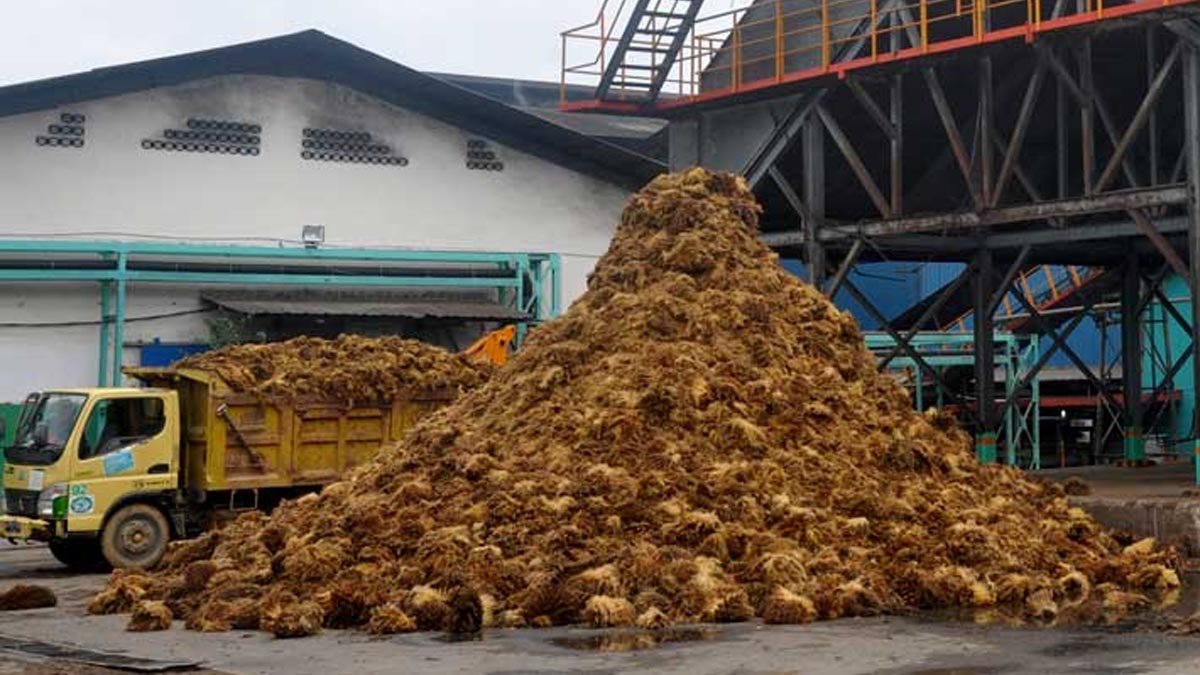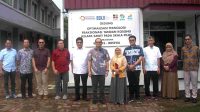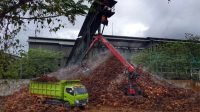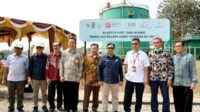PALMOILMAGAZINE, BANDAR LAMPUNG – A team of lecturers from the Agroindustry Product Development Program at the Lampung State Polytechnic (Polinela) is advancing renewable energy innovation through a research project titled Optimization of Briquette Production from Mushroom Waste Using Palm Oil Empty Fruit Bunches (EFB) as Growing Media.
The study is led by M. Perdiansyah Mulia Harahap, in collaboration with Prof. Dr. Ir. Sarono and Subandi. The main goal is to maximize the use of EFB—byproducts of palm oil processing that account for roughly 23% of total Fresh Fruit Bunches (FFB)—which are often discarded as waste.
According to Prof. Sarono, while EFB is commonly used as a growing medium for straw mushrooms, the residual material remains rich in lignocellulose and holds further potential.
Also Read: PalmCo Turns Palm Waste into Organic Fertilizer for Sustainable Farming
“This EFB waste can be transformed into briquettes—solid, high-energy fuel that offers a solution to today’s energy challenges,” he explained, as Palmoilmagazine.com quoted from KBRN RRI on Monday (September 22, 2025).
From Waste to High-Energy Fuel
The briquette production process begins with converting EFB into charcoal through drying and pyrolysis, followed by grinding it into a fine powder of 40 mesh size. The charcoal powder is then mixed with tapioca starch and water, before being molded under specific pressure.
“Applying the right pressure is crucial to ensure the briquettes achieve proper density and quality,” noted Subandi.
Initial testing revealed that briquettes made from spent EFB mushroom media produce calorific values between 5,115 and 5,396 cal/gram. These figures highlight the briquettes’ potential as an efficient and environmentally friendly alternative fuel source.
“With such high energy output, EFB briquettes could become a promising form of renewable energy,” added M. Perdiansyah. (P2)





































